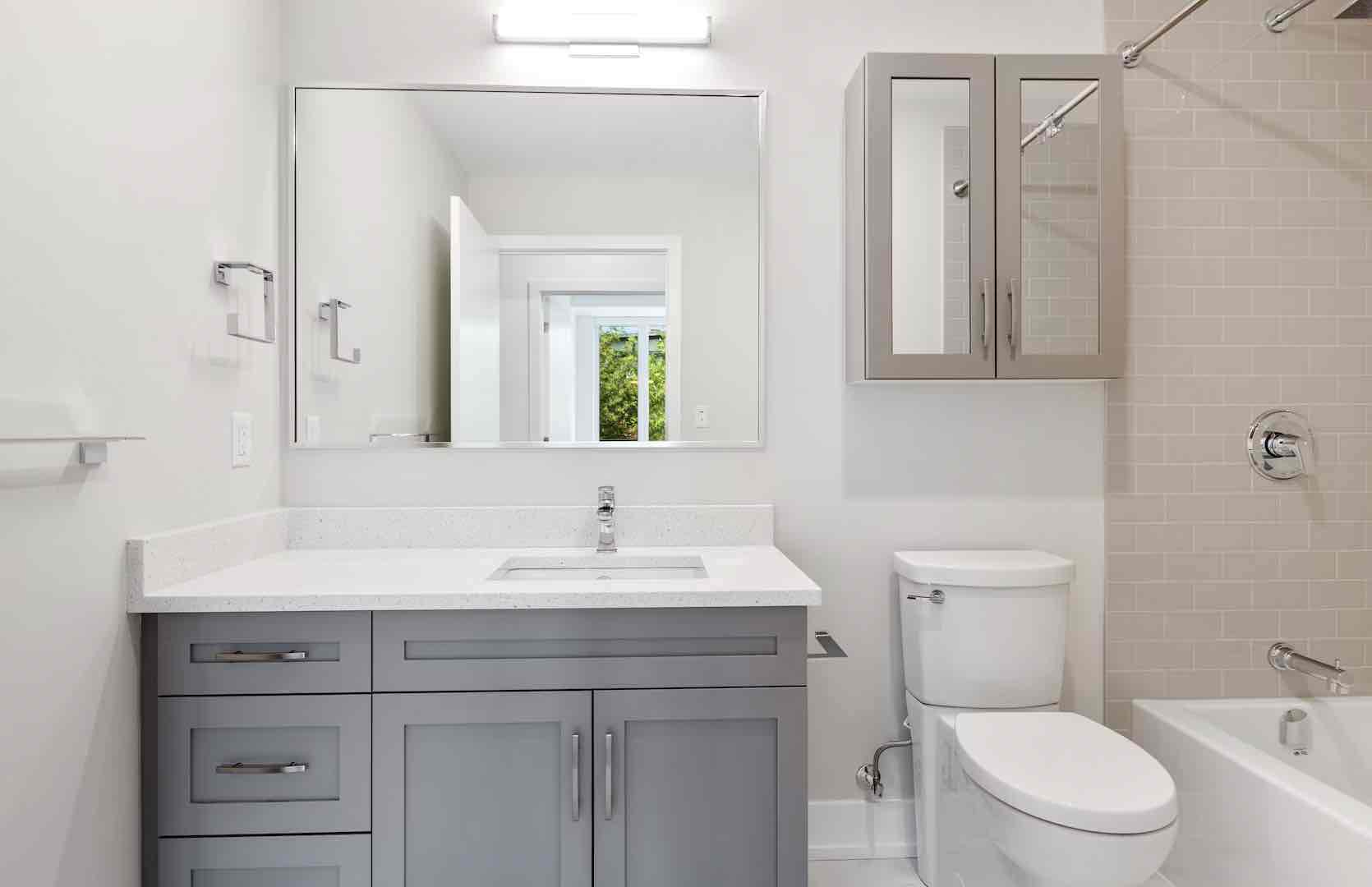
19 Jun The Silent Threat: Understanding the Dangers of Mold in Your Home
Mold is a common problem that many homeowners face, and it can have serious implications for both your health and the structural integrity of your property. In this blog, we will explore the dangers of mold in your home and emphasize the importance of taking immediate action. By understanding the risks associated with mold and implementing effective remediation strategies, you can safeguard your well-being and preserve the integrity of your living environment.
- Health Implications: Mold is known to release spores into the air, which can trigger allergic reactions and respiratory issues in susceptible individuals. Prolonged exposure to mold can lead to symptoms such as coughing, sneezing, wheezing, and skin irritation. Individuals with compromised immune systems, allergies, or asthma are particularly vulnerable to the adverse health effects of mold. Additionally, certain types of mold, such as black mold (Stachybotrys chartarum), produce mycotoxins that can cause more severe health problems when inhaled or ingested.
- Structural Damage: Beyond the health risks, mold can cause significant damage to the structure of your home. Mold thrives in moist environments, and if left unchecked, it can gradually deteriorate building materials such as drywall, wood, and insulation. This can weaken the structural integrity of your home, leading to costly repairs and potential safety hazards. Additionally, mold can spread to hidden areas, such as behind walls or under flooring, making it challenging to detect and address the extent of the damage.
- Indoor Air Quality: Mold growth contributes to poor indoor air quality, which can have a detrimental impact on your overall well-being. As mold releases spores and volatile organic compounds (VOCs) into the air, these contaminants can circulate throughout your home, compromising the air you breathe. Prolonged exposure to mold spores and VOCs can lead to respiratory problems, headaches, fatigue, and even cognitive issues. It is crucial to prioritize indoor air quality by addressing mold growth promptly and implementing proper ventilation and air filtration systems.
- Allergenic and Toxic Mold: Mold comes in various types, some of which are allergenic, while others are toxic. Allergenic molds, such as Aspergillus and Cladosporium, can cause allergic reactions in susceptible individuals. On the other hand, toxic molds, including black mold (Stachybotrys chartarum) and certain species of Aspergillus and Penicillium, produce mycotoxins that can be harmful to human health. These mycotoxins can be present in the air and on surfaces, posing a risk to occupants. Identifying the type of mold present in your home is crucial for determining the appropriate remediation approach.
- Act Right Away: Understanding the dangers associated with mold underscores the importance of taking immediate action when mold is detected in your home. Delaying mold remediation can lead to further growth and increased health risks. It is essential to address the root cause of moisture or water intrusion, as mold thrives in damp environments. This may involve repairing leaks, improving ventilation, and reducing humidity levels. Hiring a professional mold remediation company can ensure a thorough assessment, safe removal, and effective prevention of mold growth.
- Preventive Measures: Prevention is key when it comes to mold. By implementing preventive measures, you can minimize the risk of mold growth in your home. Regularly inspect areas prone to moisture, such as basements, bathrooms, and kitchens. Address any signs of water damage, leaks, or condensation promptly.
